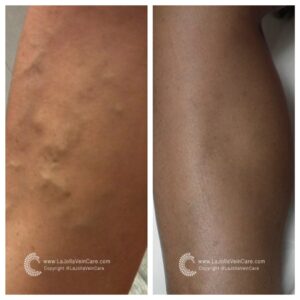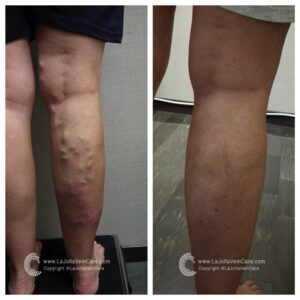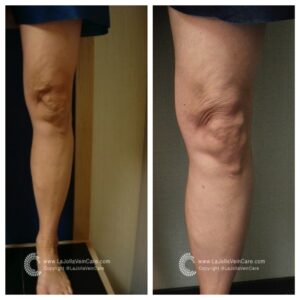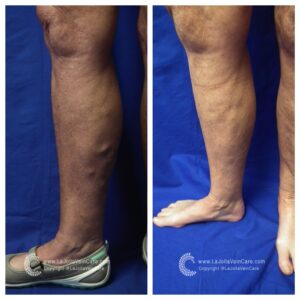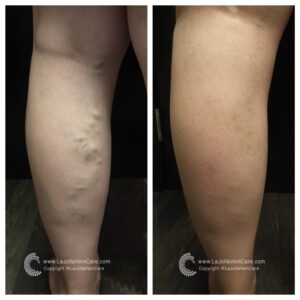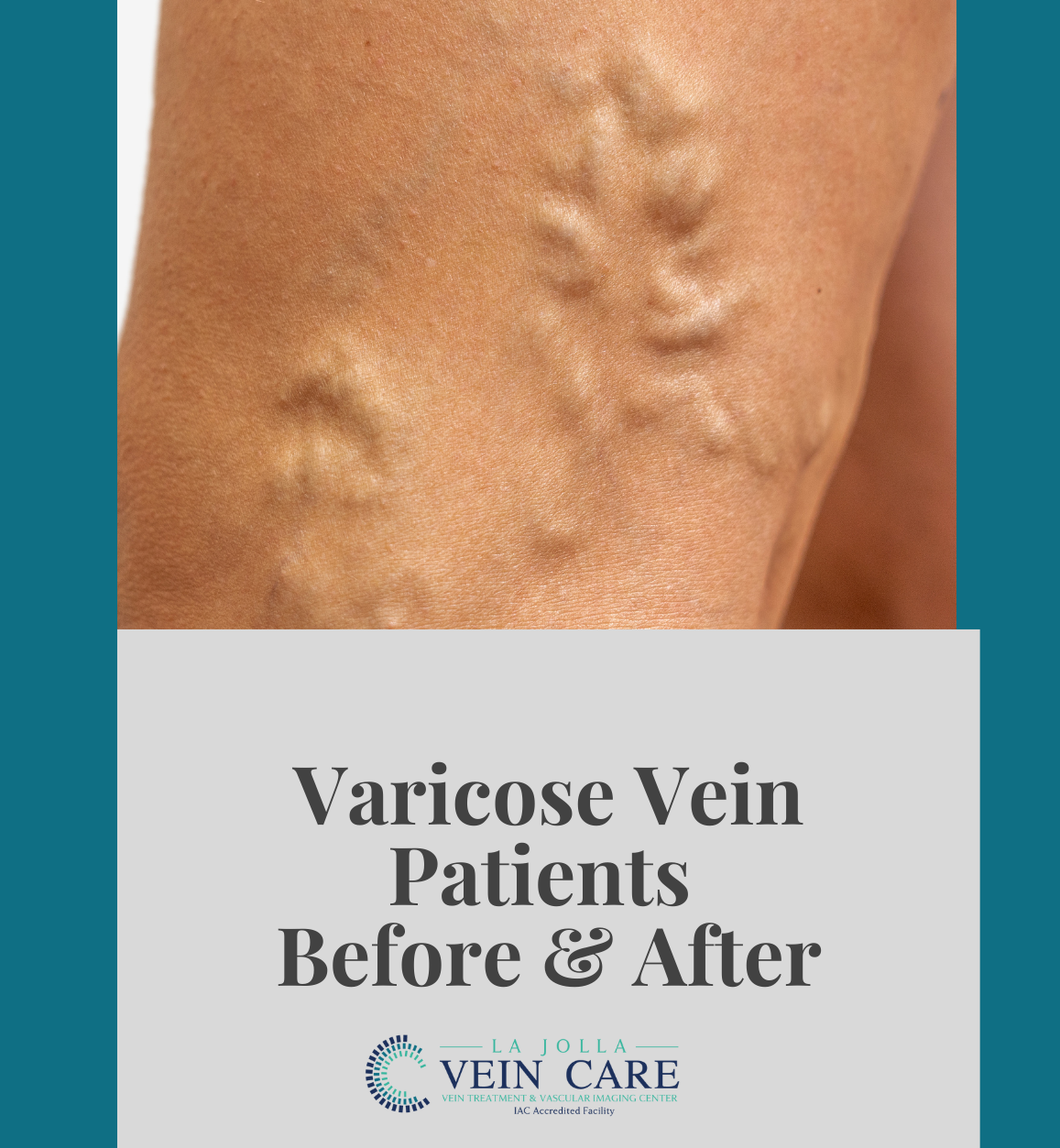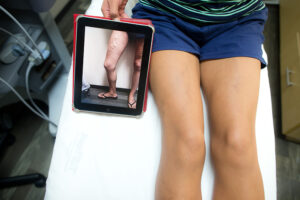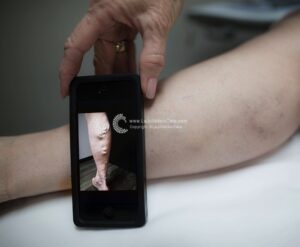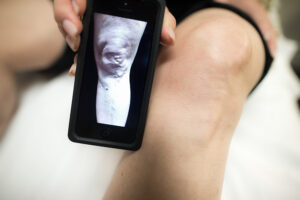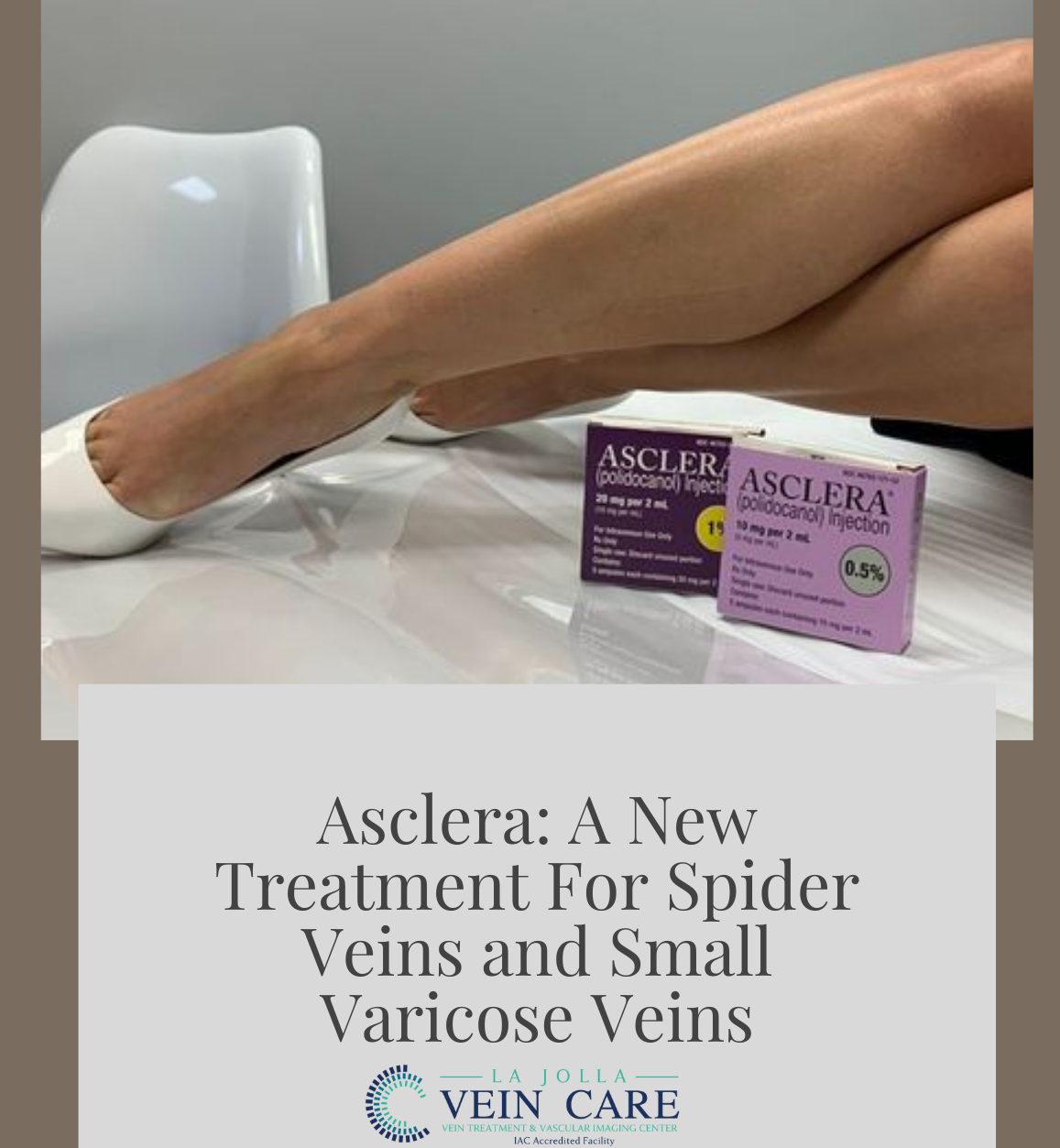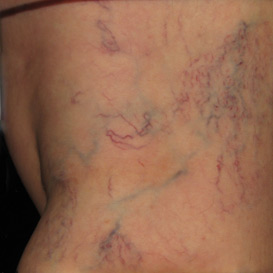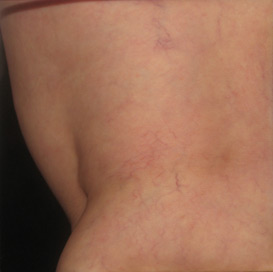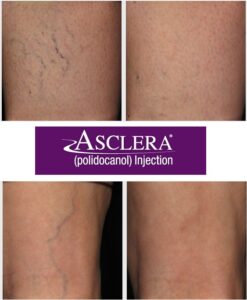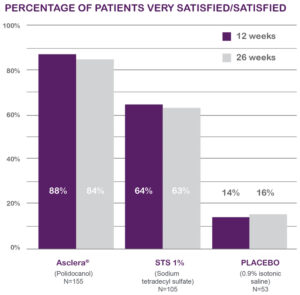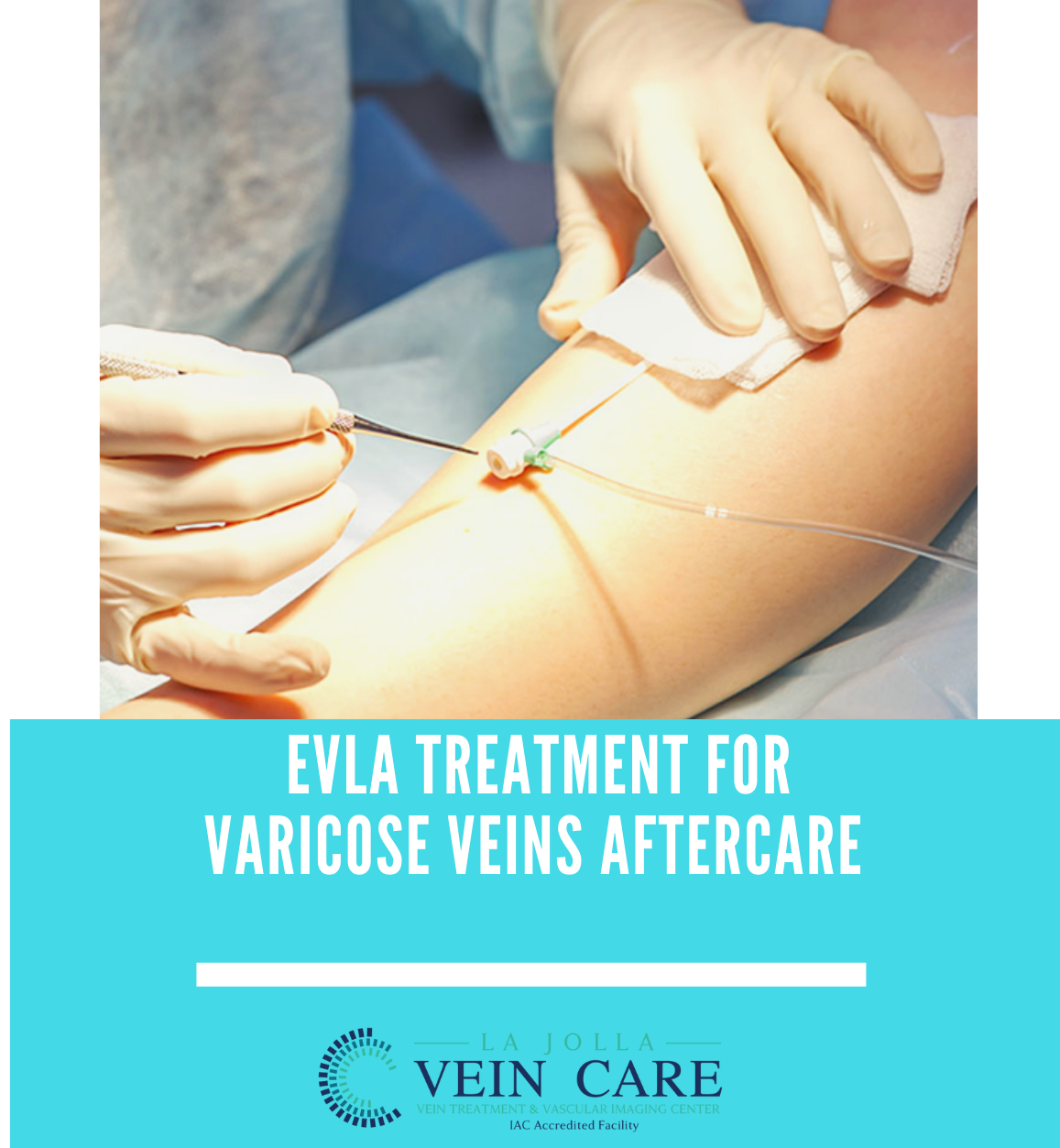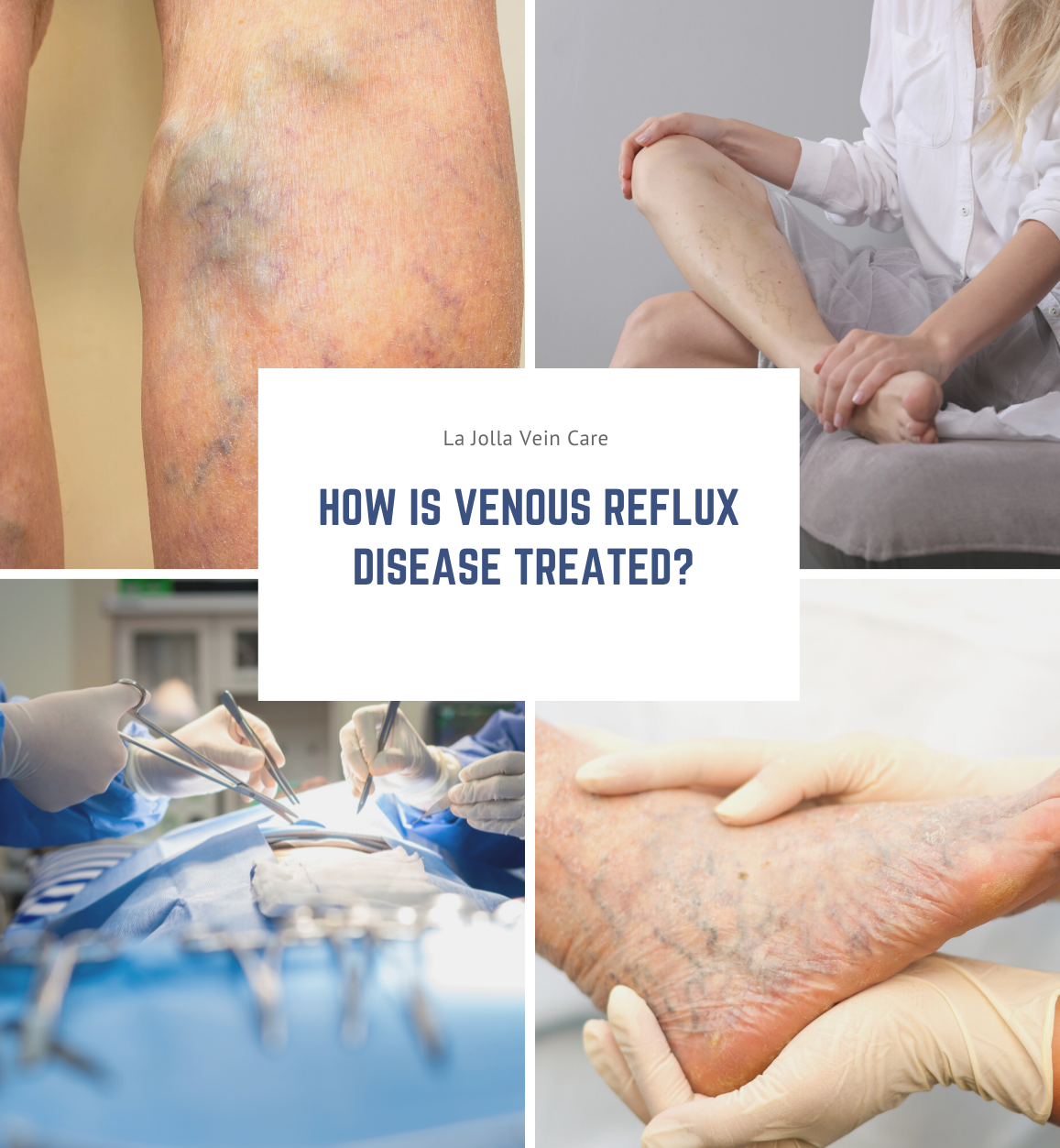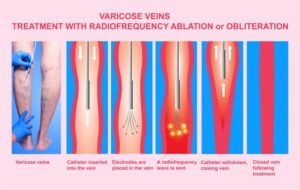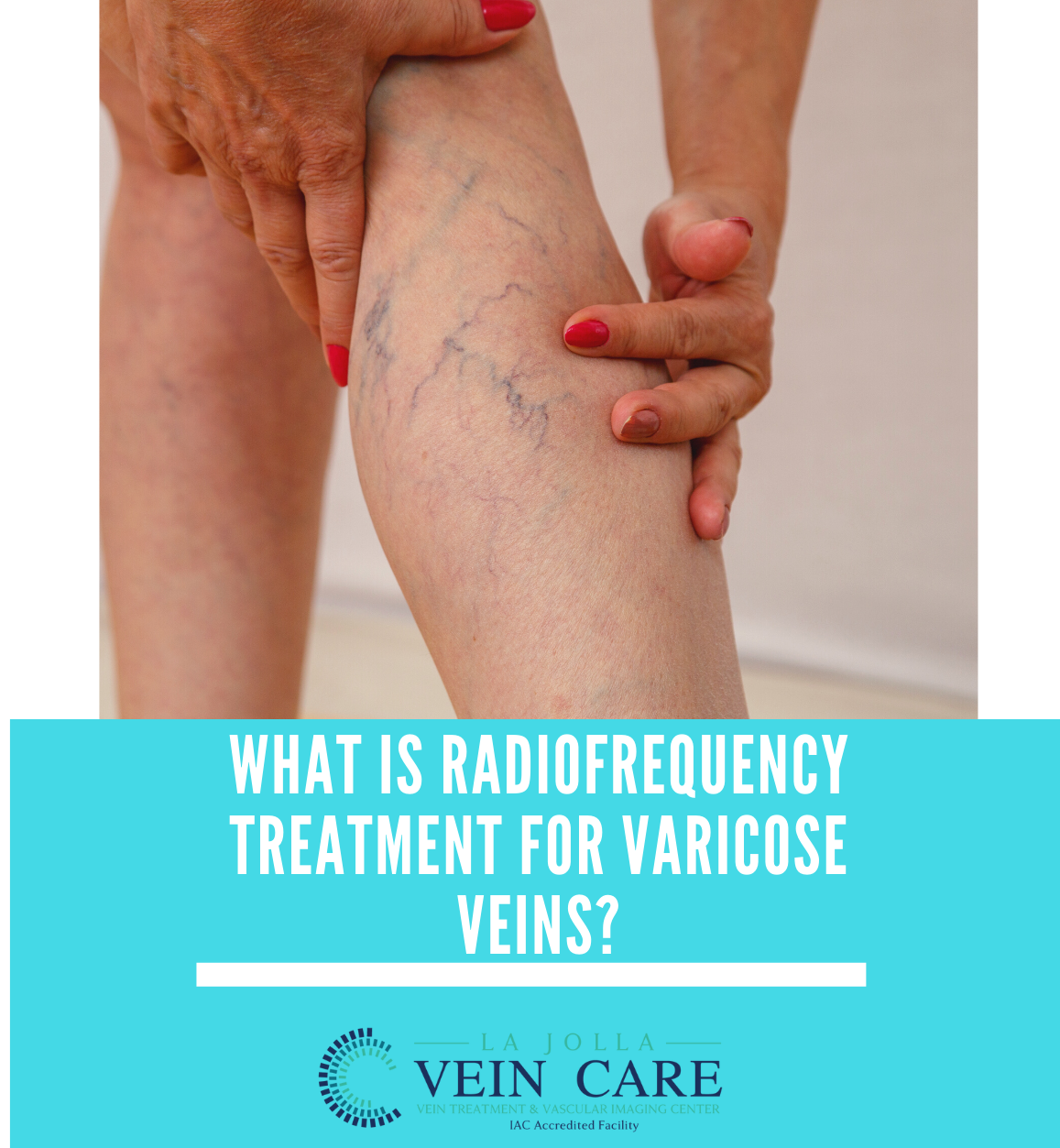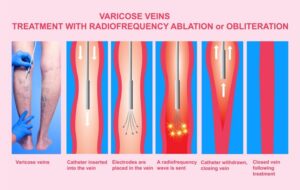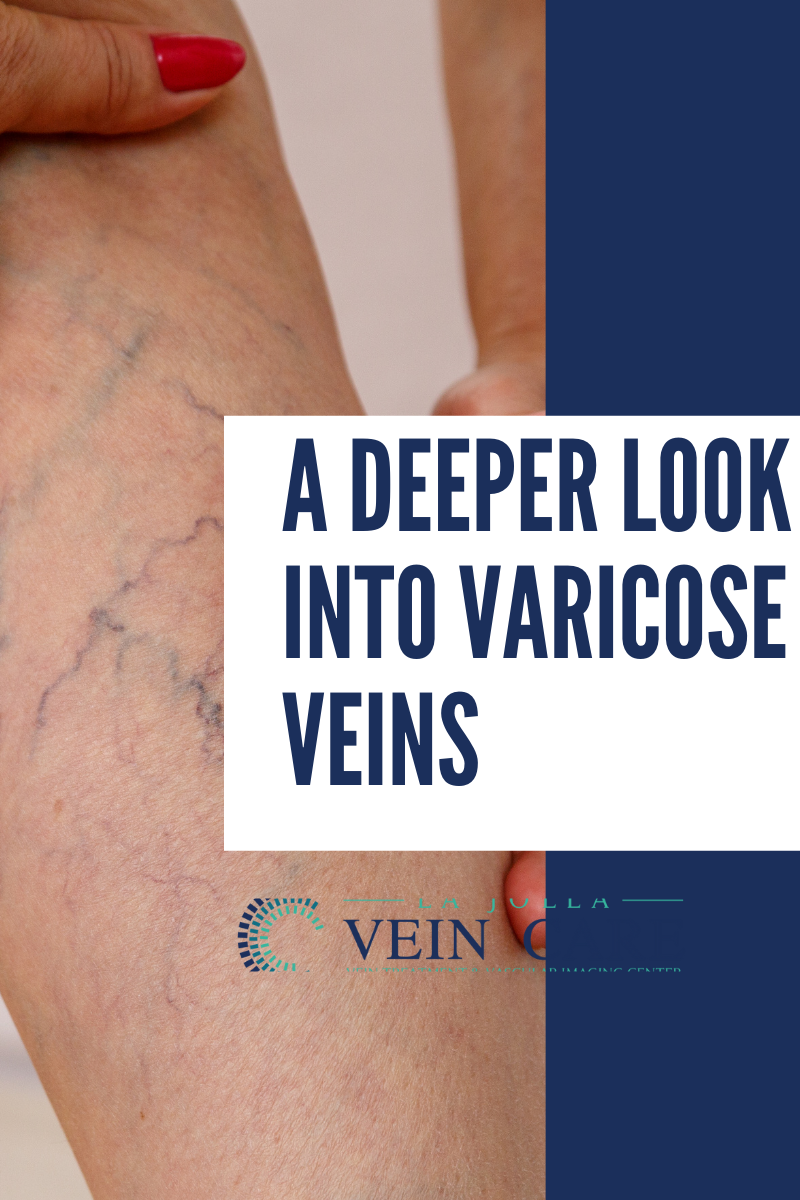Varicose Veins: Patient Transformations Part 2
LJVascular2022-04-28T14:52:04-07:00What are varicose veins?
Varicose Veins are the twisted, bulging veins just beneath the surface of the skin. They are swollen, twisted veins that you can see just under the surface of the skin. These veins usually occur in the legs, but they also can form in other parts of the body, and are very common.
Varicose veins are caused by leaky vein valves, which allow blood to pool within the veins causing them to stretch and become enlarged. They can be an isolated finding, but the majority of the time, they are caused by underlying venous reflux disease. Venous reflux disease is also known as venous stasis, venous insufficiency or venous incompetence. Reflux may occur in the deep and/or superficial leg veins.
What are the symptoms?
The symptoms can include:
- Aching, tenderness
- Heaviness, fatigue
- General restlessness in the legs
- Burning pain
- Throbbing pain
- Itching
- Leg cramps, particularly at night
- Ankle swelling
- Skin discoloration at the ankle
- Skin ulcers above the ankle
Over time, complications can develop from untreated veins. These include:
- Superficial phlebitis (painful inflammation of the vein)
- Superficial thrombophlebitis (blood clots within the varicose veins)
- Spontaneous vein hemorrhage (the vein can rupture spontaneously)
- Skin discoloration and eczema around the ankle (venous eczema)
- Skin sores or ulcers usually near the ankle
Duplex ultrasound technology is used to evaluate the veins beneath the surface of the skin. The ultrasound allows us to see if the valves are leaky; it can detect the direction of blood flow and also detects blockages in the veins, for example from blood clots or scars within the veins from previous clots. The ultrasound will determine exactly which veins are ‘bad’ or incompetent. Reflux may be detected in the deep veins (within the muscle), the great and small saphenous veins, and/or branches of the saphenous veins. This will help determine the treatment plan.
La Jolla Vein Care Before and After Transformations:
At La Jolla Vein Care, we are here for our patients from beginning to the end. We love seeing the transformations that take place. Below are a few cases from our patient transformations from before varicose vein treatment to after vein treatment.
